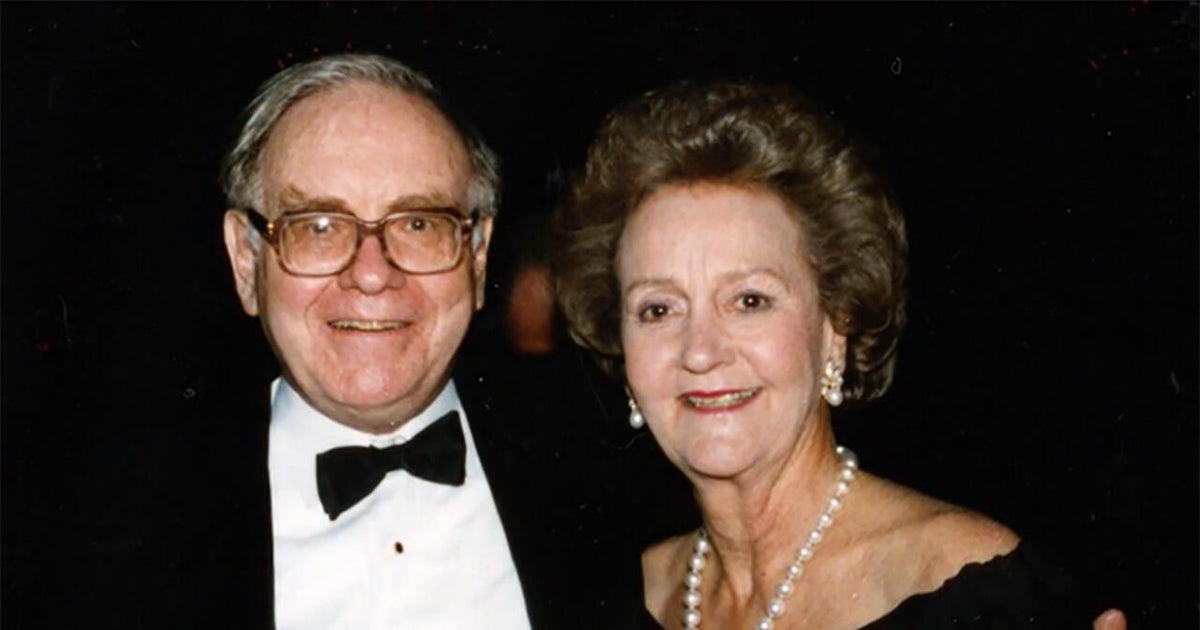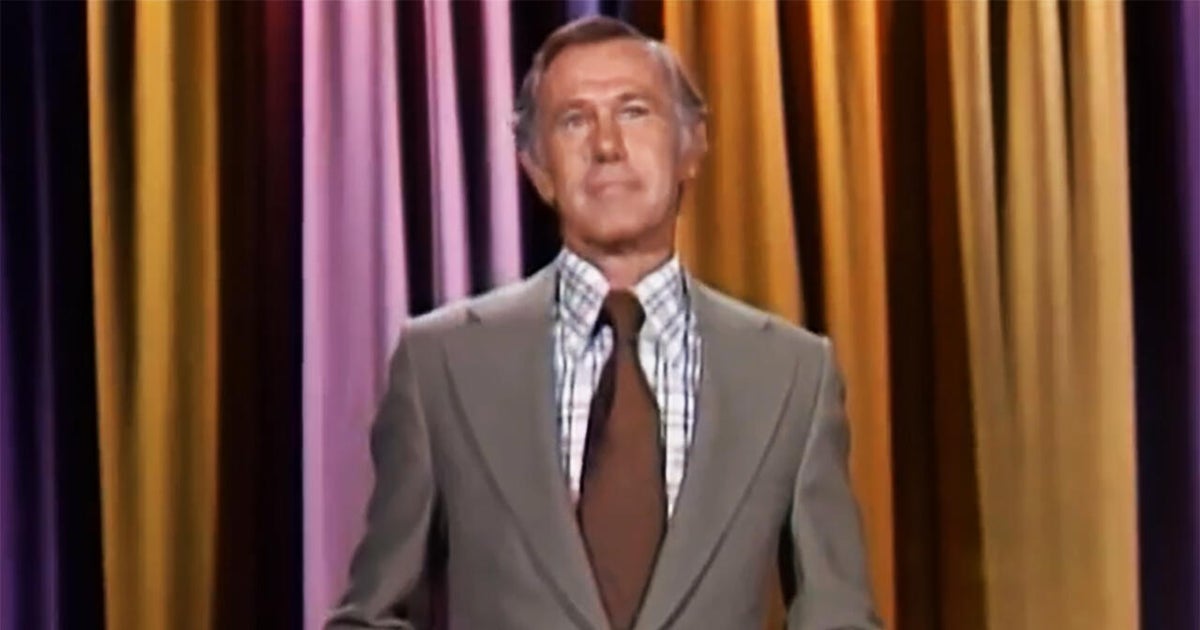Guillermo del Toro on bringing "Pinocchio" to life, one frame at a time
In a nondescript building in Portland Oregon, a dream came true. There, a small army of animators labored for months over exquisitely-made puppets: bending, posing, shaping them by hand, and giving them life, for the stop-motion animated feature, "Pinocchio." The new Netflix movie is the vision of Oscar-winning director Guillermo del Toro. "We want you to go to the cinema and see a handmade movie, a movie made by humans, to the utmost degree," he said.
"And you can feel that," said correspondent Tracy Smith.
"You can feel that. I'm moved by that."
"It's moving. It gets you in the gut, in the heart."
"It's a big gut. And it gets me. So, it's a big feeling!" del Toro laughed.
Say the name "Pinocchio," and a lot of people think of the 1940 Disney film: a neatly-wrapped story with a relentlessly happy ending. But the original adventures of Pinocchio, first published in the 1880s by Carlo Collodi, was a very different story. There was a puppet-boy whose nose grew when he lied, but there were also some much darker themes, like death.
Del Toro's vision was even less child-friendly, so getting a studio to greenlight it took more than a decade.
Smith asked, "You said that there's a lot of pain that went into this. What was the most painful part?"
"Well, either you make the movie the right way, or it's almost as good not to make it," he replied. "When you have the whole world designed, and you've storyboarded, and you have a great screenplay, and you know what it could be, and people keep saying 'no,' that's really hard. And then it gets harder when they say 'yes.' 'Cause now you have to deliver the whole thing!"
And the "whole thing" has been called a stop-motion masterpiece.
But getting there was almost insanely difficult. To create the smooth, human-like movements, the animators had to move the puppets a mind-bending 24 times for every second of film. "Stop motion is like milking a mummified cow," del Toro said. "You get, like, one drop after two hours of work. You know, you get a couple of seconds [of footage] a day if you're lucky."
At only two seconds a day, it would take forever to make a feature film, so the filmmakers used more than one soundstage … a lot more. Sixty stages, 60 cameras, 60 sets, all shooting at the same time.
At the start of del Toro's movie, Gepetto is the father of a living, breathing boy who dies tragically at the age of ten. One night, in a fit of drunken despair, Gepetto carves a wooden boy, and when he wakes up the next morning he sees this:
Del Toro's Pinocchio looks more like Frankenstein's creature than a cartoon character, but that detail – like all of Guillermo del Toro's creations – is by design.
Growing up in Guadalajara, Mexico, young Guillermo loved monsters, filmmaking, and not much else. He says he identified with Pinocchio because he felt the same way as a child – not part of the group. "I was a boy growing up in Mexico, and everybody was very physical, everybody was into sports, everybody wanted to take walks in the forest. And I didn't. As you may evidently see, I'm not into sports, even now. And I don't take walks in the forest. I will walk in a bookstore. But I was an introvert. And I was an observer. And I always felt out of sorts with what everybody wanted me to be."
He eventually found his niche as a director whose creations could be scary, like the 2006 film "Pan's Labyrinth," and hauntingly sweet, like "The Shape of Water," about a lonely janitor who falls in love with a humanoid amphibian. The film was weird, wonderful, and a winner. It won the best picture Oscar, and del Toro took home best director. In his acceptance speech he paraphrased James Cagney from "Yankee Doodle Dandy": "My mother thanks you, my father thanks you, my brothers and sisters thank you, and I thank you."
But for Guillermo del Toro, "Pinocchio" has been a lifelong passion project, ever since his mother started giving him Pinocchio dolls as a child.
Smith asked, "How excited was she to see this movie come to fruition?"
"She was very excited," he replied.
However, Guadalupe Gomez passed away in October, just a month before the film's release. "In a way, it was painful," del Toro said, "but in another way, I knew she was there. And then she was there with us when we showed the movie for the first time. I felt it. I was walking down a corridor. And I was gonna turn a corner. And I had the clarity she was gonna be there. And I just had that type of thing. She wasn't. But I felt it."
Safe to say she'd be proud: the Academy may be knocking, again. "Guillermo del Toro's Pinocchio" has been talked about as a candidate not just for best animated feature, but for best picture.
And according to del Toro, that's not much of a stretch. "It's harder in many ways than live action," he said. "I remember Ginger Rogers said, 'I do the same things as Fred but backwards in high heels.' And that's stop motion. We're doing the same thing as live action, just backwards and in high heels!"
And you could say the result is the same: a beautiful dance.
Smith asked, "When you give yourself a moment to step back and look at this, after all that's gone into it, what are you feeling?"
"I go, 'Oh my God, we were crazy. How the hell did I think we could do it?'" he replied. "It's like you are seven years old and you are playing with the most elaborate dollhouse in the world. And you do it one frame at a time. It's beautiful. And it's almost breathtaking."
"Does it take your breath away?"
"Yes. That's why I'm wheezing!" he laughed.
To watch a trailer for "Guillermo del Toro's Pinocchio" click on the video player below:
For more info:
- "Guillermo del Toro's Pinocchio," now in theaters; begins streaming on Netflix December 9
- "Guillermo del Toro's Pinocchio: A Timeless Tale Told Anew" by Gina McIntrye; foreword by Guillermo del Toro (Insight Editions), in Hardcover and eBook formats, available via Amazon, Barnes & Noble and Indiebound
- Follow Guillermo del Toro on Twitter and Instagram
Story produced by John D'Amelio. Editor: Ed Givnish.
See also:
- The birthplace of "Pinocchio" ("Sunday Morning")
- Almanac: "Pinocchio" ("Sunday Morning")










